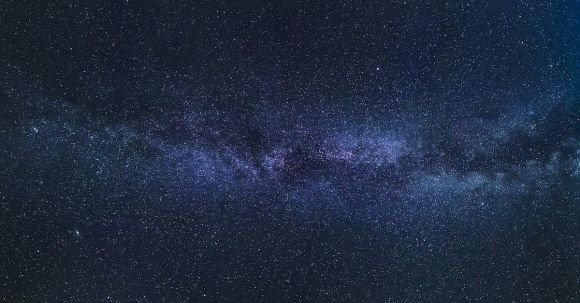In the vast expanse of the universe, there are countless wonders that continue to captivate and baffle scientists. Among these enigmatic phenomena is the supermassive black hole. These celestial objects, characterized by their immense gravitational pull, have sparked curiosity and intrigue. Let’s delve into the fascinating world of supermassive black holes and unravel their mysteries.
Origins and Formation
Supermassive black holes are believed to have formed early in the universe’s history. They are thought to have originated from the collapse of massive clouds of gas and dust, which eventually formed dense regions known as stellar nurseries. Within these nurseries, stars are born, but sometimes, due to specific conditions, a black hole is created instead.
Size and Mass
Supermassive black holes are aptly named because of their enormous size and mass. They are significantly larger than their stellar counterparts, which form from the death of massive stars. While stellar black holes can have a mass of a few times that of our Sun, supermassive black holes can contain millions or even billions of solar masses. Their immense size is what sets them apart and makes them truly remarkable.
Gravity’s Grip
Perhaps the most captivating aspect of supermassive black holes is their gravitational pull. The gravitational force near these cosmic giants is so strong that not even light can escape its grasp. This phenomenon is what gives black holes their characteristic dark appearance. Anything that enters into the vicinity of a black hole’s event horizon, the point of no return, is forever trapped within its gravitational clutches.
Galactic Centers
Supermassive black holes are commonly found at the centers of galaxies, including our own Milky Way. These galactic centers are bustling hubs of activity, with stars, gas, and dust swirling around the black hole. The presence of a supermassive black hole can have a profound influence on the surrounding environment, shaping the galaxy’s structure and affecting the motion of nearby stars.
Active Galactic Nuclei
In some cases, supermassive black holes exhibit intense activity, emitting powerful jets of radiation and particles. These active galactic nuclei, or AGNs, are thought to be fueled by the accretion of matter onto the black hole. As gas and dust fall into the black hole’s gravitational well, they heat up and release tremendous amounts of energy. AGNs can outshine the rest of the galaxy they reside in, indicating the immense power of the supermassive black hole at the center.
Black Hole Mysteries
Despite the significant progress made in understanding supermassive black holes, many questions remain unanswered. Scientists are still unsure about the exact mechanisms that lead to their formation and growth. The interplay between the black hole and its host galaxy is also a topic of ongoing research. Additionally, the nature of the singularity, the infinitely dense core of a black hole, is a subject of intense speculation.
Unlocking the Secrets
Studying supermassive black holes is a challenging yet rewarding endeavor. Scientists employ a multitude of techniques, including observing the motion of stars near the black hole, analyzing the properties of the surrounding gas and dust, and studying the emission of radiation from active galactic nuclei. These observations, combined with theoretical models and simulations, are gradually unraveling the secrets of these cosmic behemoths.
In conclusion, supermassive black holes are awe-inspiring objects that continue to captivate researchers and enthusiasts alike. Their immense size, powerful gravitational pull, and influence on galactic structures make them fascinating subjects of study. As scientists delve deeper into the mysteries of these cosmic giants, we inch closer to understanding the intriguing nature of the universe we inhabit.





